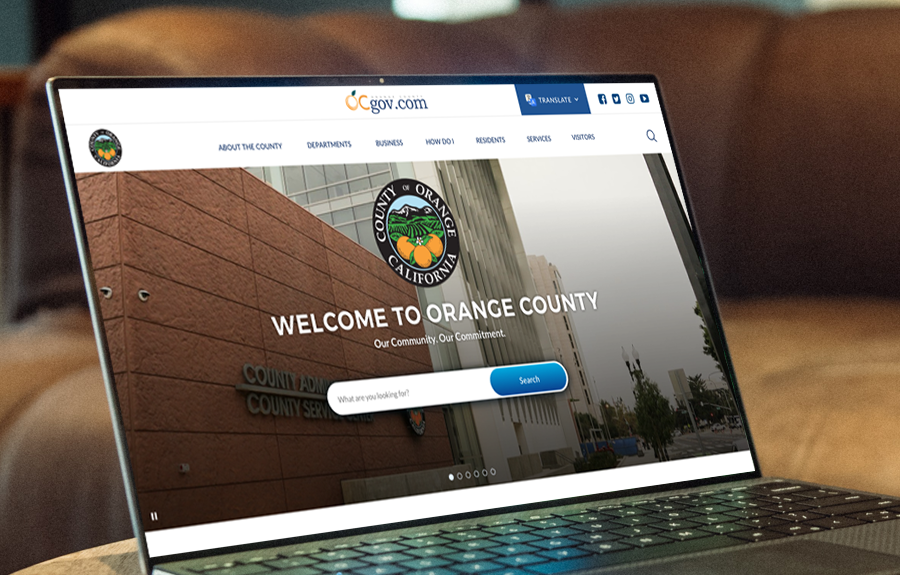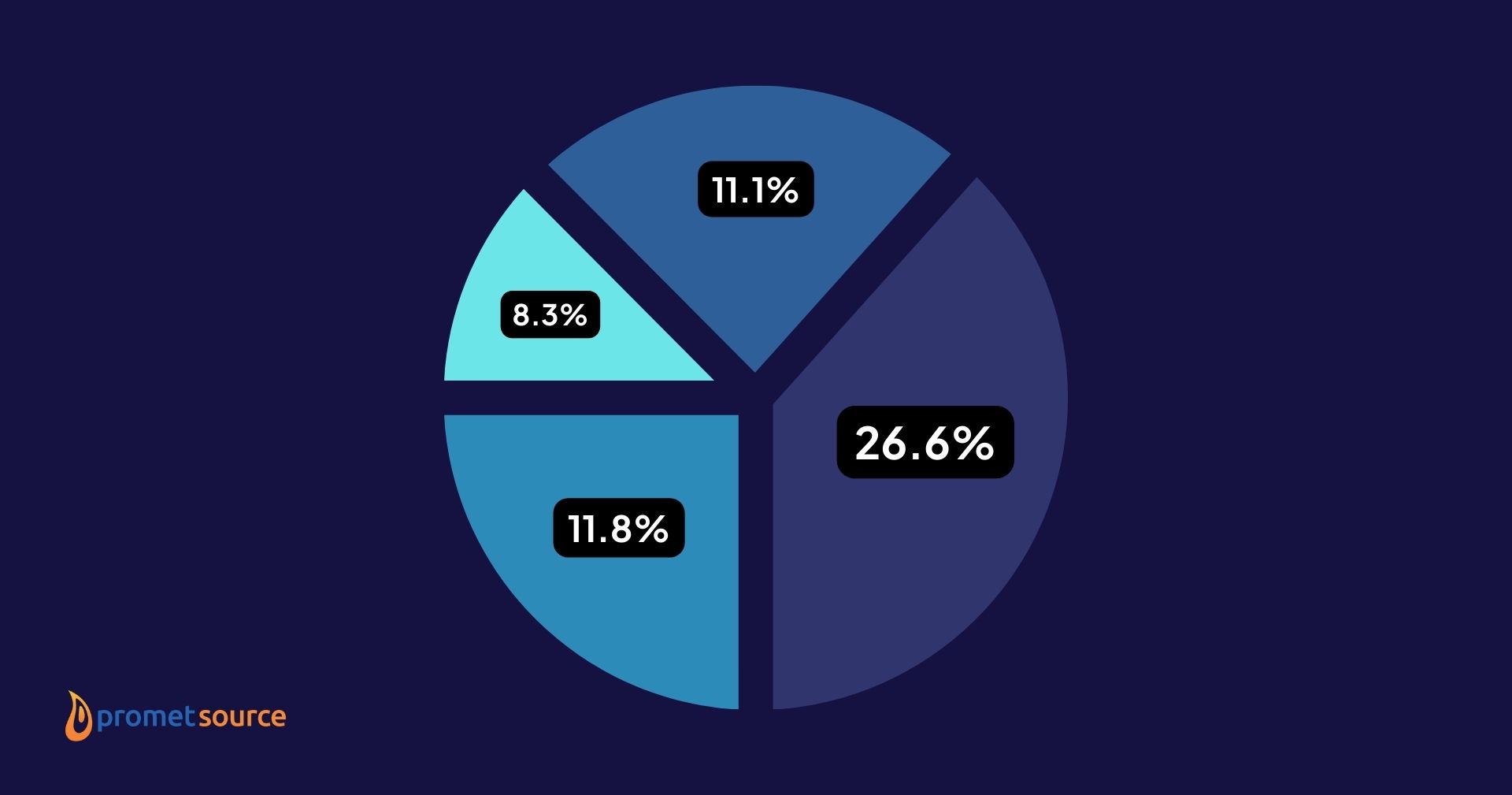Proprietary Website Migration for Orange County, CA

Table of Contents
Takeaway: When Orange County, California embarked on a massive website migration project, they faced a common challenge in the public sector: how to break free from costly proprietary systems and create a flexible, user-friendly web presence. Here you'll find Orange County's journey from vendor lock-in to open-source freedom, showcasing the power of Drupal and Promet Source's innovative Provus® platform.
I recently attended and had the honor to serve as both a panelist and a presenter at the Experience Acquia 2022 in Washington, D.C.
In that event, I shared a success story completing a proprietary website migration for Orange County, California that resulted in a transformation to a Drupal CMS that can flex and bend with the evolving needs of site owners from 41 separately managed sites—a common issue among government institutions.
Below are excerpts from my Q&A presentation with Lynne Boudreau from Acquia.
SEE HOW PROVUS® CAN MAKE MANAGING YOUR WEB CONTENT EASIER
The challenge: Escaping proprietary constraints
Orange County's previous website, built on proprietary software, had become:
- Unnecessarily costly
- Difficult to manage
- Lacking crucial upgrades and support
As the vendor announced the software's impending end-of-life status, county stakeholders realized the true cost of relying on proprietary web solutions. It was time for a change.

The solution: A comprehensive website migration project
Orange County chose to migrate to Drupal, an open-source CMS, with the help of our great team at Promet Source. The project's ambitious scope included:
- Migration of 41 separate county sites to Drupal 9
- Implementation within an 18-month timeframe
- Creation of a consistent user interface across all microsites
- Empowerment of non-technical content editors in 41 departments

Key objectives of the Orange County CMS website design
- Consistent navigation menus and user interface across 41 microsites
- Engaging information architecture for diverse user groups
- User-friendly CMS for non-technical staff
- Mobile responsiveness and consistent cross-device experience
- Robust search functionality
- Clean, modern design aligned with user expectations
Provus®: The game-changer in government website design

At the heart of this successful proprietary website migration was Provus®, our company's Drupal website builder. Provus® played a pivotal role by:
- Driving high development efficiency
- Providing a robust library of content editing components
- Empowering 100+ content editors with no-code, drag-and-drop editing capabilities
- Leveraging Drupal Layout Builder for flexible, guideline-compliant designs
Related: Provus® Frequently Asked Questions
With Provus®, Orange County gained:
- Easy-to-use layout options using component-based design
- The ability to mix and match components while maintaining brand consistency
- A cohesive design language across 41 distinct department sites
SEE HOW PROVUS® CAN MAKE MANAGING YOUR WEB CONTENT EASIER
The open-source advantage: No more vendor lock-in
By choosing Drupal—an open-source platform—Orange County liberated itself from the constraints of proprietary software. Benefits include:
- Ownership of the site's code
- Access to upgrades and new releases from the Drupal community
- Elimination of vendor licensing fees
- Significant cost savings is estimated at $100,000 annually
- Scalable infrastructure through Acquia Cloud hosting
Related: Scaling Government: Open Source vs Proprietary CMS
Results: Efficiency, savings, and empowered users
The proprietary website migration project delivered impressive outcomes:
- Cost Reduction: Over $100,000 saved annually on licensing and hosting.
- Improved Content Management: 100+ non-technical staff easily update and create pages.
- Enhanced User Experience: Consistent navigation and powerful search across 41 sites.
- Future-Proof Solution: Scalable, open-source platform ensures long-term viability.
- Efficient Development: Post-launch projects are completed in a fraction of the expected time.
Lessons from this proprietary website migration
- Open Source Eliminates Vendor Lock-In: Choose platforms that give you control and flexibility.
- Empower Your Team: The right CMS, like Drupal with Provus®, lets non-technical staff manage content effectively.
- Invest in Scalability: Open-source solutions grow with your needs without increasing licensing costs.
- Prioritize User Experience: Consistent design and navigation across departments improves public engagement.
- Consider Long-Term Savings: While migration requires upfront investment, the long-term savings are substantial.
- Get a Vendor that Puts You First: Choose a proprietary website migration partner like Promet Source that won't lock you in a platform you can't control.
Are you facing similar challenges with your government websites? Let's discuss how we can help you achieve comparable results with a proprietary website migration to Drupal, enhanced by the power of Provus®. Contact us to start the conversation about your website migration project.
Other Insights & Resources you may like
Get our newsletter
Get weekly Drupal and AI technology advancement news, pro tips, ideas, insights, and more.




